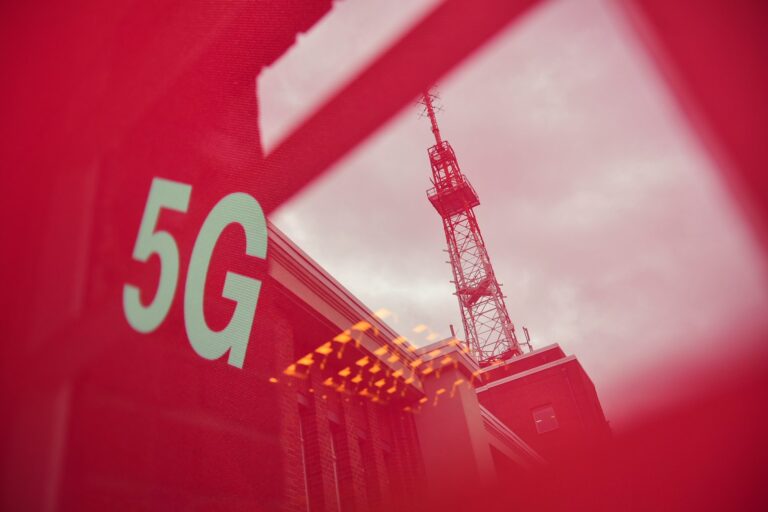Deutsche Telekom has announced that its 5G network now reaches 97% of the German population.
German telecommunications operator Deutsche Telekom has announced that it now has a total of 12,150 5G antennas in 920 cities operating in the 3.6GHz frequency band.
Deutsche Telekom said in a statement that it has expanded mobile services to 676 locations across the country over the past four weeks. Around 91 of these locations are new and now broadcast on LTE and 5G frequencies, the company said.
In addition, mobile network capacity was boosted in 500 existing locations, 91 of which are now operational with 5G technology for the first time, according to Deutsche Telekom.
The company added that around 97% of households already have access to Deutsche Telekom’s 5G network, while LTE coverage currently reaches 99% of homes across Germany.
“This progress brings us closer to our goal of providing 5G to 99% of people nationwide by the end of 2025,” Matthias Poeten, head of mobile networks at Telekom Deutschland, said in a statement.
Deutsche Telekom is set to launch 5G Standalone (5G SA) services in Germany this year. In a previous roundup of network achievements for 2023, Srinivasan Gopalan, CEO of Telekom Deutschland, Deutsche Telekom’s national operator, said the company aims to offer 5G SA to residential customers.
The executive noted that Deutsche Telekom’s enterprise customers are already using the technology with features such as network slicing for live TV transmission in media and 5G campus networks for industry and research.
The company previously stressed that 5G antennas in the 3.6 GHz frequency band are particularly powerful as they are almost exclusively connected to transport networks with 10 Gbps connections via optical fiber. The company noted that the 3.6 GHz frequency band complements the 700 MHz and 2.1 GHz 5G frequencies already in use nationwide in Deutsche Telekom’s network. The 3.6 GHz frequency band ensures particularly fast download speeds and smooth mobile coverage, especially in densely populated areas, the company said.
Deutsche Telekom recently became the first in Germany to make private 5G available on its so-called millimeter wave (mmWave) spectrum at 26 GHz, which the company claims will deliver round-trip latency of 3-4 milliseconds and download and upload data speeds of more than 4 gigabits per second and 2 gigabits per second. The company offers mmWave support as part of its “campus network” service, and has so far used dedicated 3.7-3.8 GHz mid-band spectrum in Germany.
The higher band mmWave spectrum has shorter coverage but higher bandwidth and speeds. In Germany, the 26 GHz band is exclusively allocated to businesses by the country’s telecommunications regulator, BNetzA, for local applications by the Federal Network Agency. Currently it can only be used for local applications. Deutsche Telekom has announced that it has tested 5G frequencies in the 26 GHz mmWave range with industrial customers.


